 FlixBus India celebrates successful 3 months of service with major expansion
FlixBus India celebrates successful 3 months of service with major expansion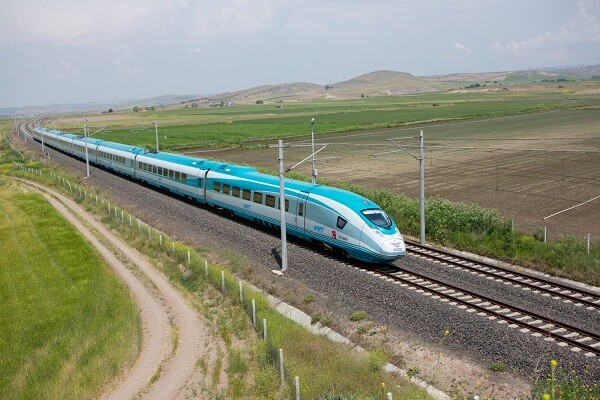 Siemens all set to Sell its Drive Division to KPS Capital for US$3.25 Billion
Siemens all set to Sell its Drive Division to KPS Capital for US$3.25 Billion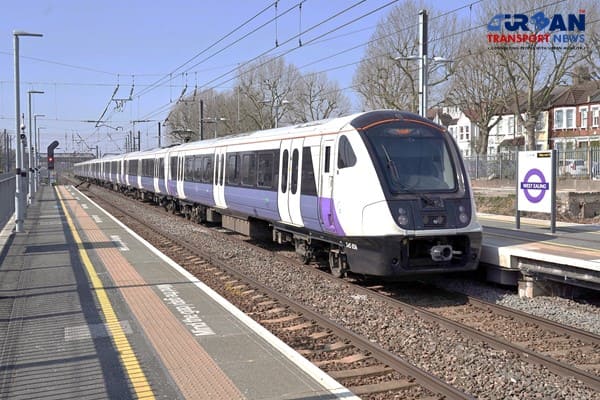 K-RIDE to cut 32,572 trees to pave the way for Bengaluru Suburban Rail Project
K-RIDE to cut 32,572 trees to pave the way for Bengaluru Suburban Rail Project Joby Aviation partners with Abu Dhabi to establish Electric Air Taxi Ecosystem
Joby Aviation partners with Abu Dhabi to establish Electric Air Taxi Ecosystem IIT Madras incubated ePlane Company revolutionizing Urban Air Mobility
IIT Madras incubated ePlane Company revolutionizing Urban Air Mobility Exclusive Interview with Harshita Jain, Director, Consulting Engineers Group
Exclusive Interview with Harshita Jain, Director, Consulting Engineers Group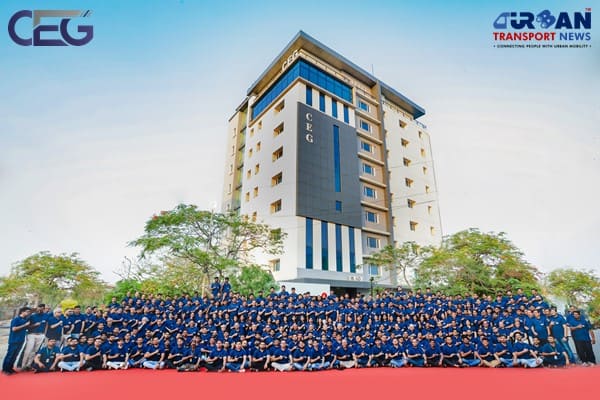 In Focus: Consulting Engineers Group - Pioneering Infrastructure Consulting Globally
In Focus: Consulting Engineers Group - Pioneering Infrastructure Consulting Globally Zoomcar CEO Greg Moran discusses Tesla's potential strategy shift in the EV Industry
Zoomcar CEO Greg Moran discusses Tesla's potential strategy shift in the EV Industry Urban Transport Infrastructure Magazine - May 2024 - Transport Day Special
Urban Transport Infrastructure Magazine - May 2024 - Transport Day Special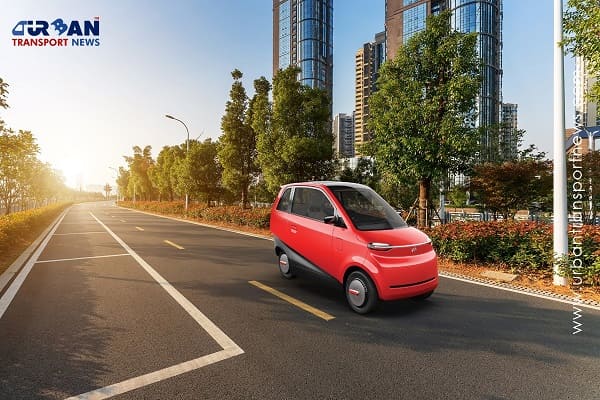 How can Technology make Transformative Impact on Urban Commuting?
How can Technology make Transformative Impact on Urban Commuting?
Rethinking Urban Mobility: Three Global Cities Leading the Way
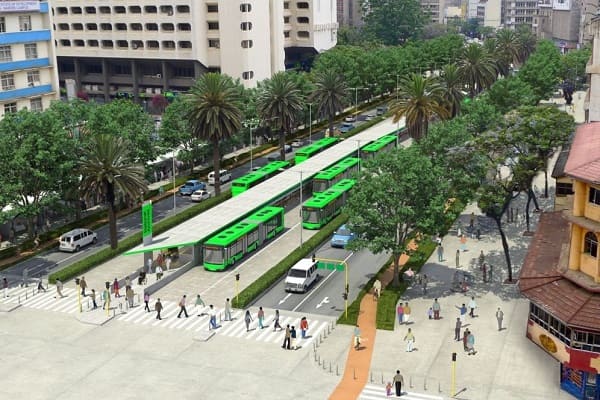
In the rapidly evolving landscape of urban development, cities around the world are facing a critical challenge: how to shape urban mobility systems that prioritize the well-being of both their residents and the environment. Three remarkable cities—Singapore, Copenhagen, and Barcelona—serve as inspiring examples of how urban mobility can be reimagined to enhance the quality of life for all.
Singapore: A Model of Efficiency
At the crossroads of mobility and economic prosperity, Singapore stands as a testament to the transformative power of strategic planning. In a world where urban mobility is no longer just about reaching a destination but a vital parameter for economic vitality and human interaction, Singapore's integrated public transportation system shines brightly.
Efficient urban mobility plays a pivotal role in productivity. Studies have confirmed that poorly planned transportation systems lead to traffic congestion, longer commutes, and decreased productivity. In contrast, well-thought-out mobility solutions, as seen in cities like Copenhagen and Amsterdam, minimize commute times, boosting individual productivity and offering more time for meaningful pursuits.
The return on investment in efficient transportation is substantial. For every $1 invested in public transportation, approximately $4 in economic returns can be realized. Technological innovations further optimize traffic flow, reduce congestion, and contribute to overall productivity. In the United States alone, efficient public transit saves 865 million hours and 4.2 billion gallons of gasoline annually.
Copenhagen: A Healthier Lifestyle
Copenhagen has undergone a remarkable transformation into a haven for cyclists, effectively reducing traffic congestion and promoting healthier living. Excessive reliance on fossil fuels, overcrowded public transport systems, and congested roads have adverse effects on public health, leading to respiratory issues, high blood pressure, and mental stress.
Efficient urban transportation systems promise cleaner air, stemming from reduced traffic congestion and the use of renewable energy sources. Some cities are already taking action, such as Milan's introduction of electric delivery vans, Vienna's integration of electric microbuses, and New Delhi's extensive network of over 100,000 electric rickshaws.
Adopting sustainable modes of transport like ride-sharing, cycling, and electric vehicles significantly reduces noise pollution and local air pollutants, ultimately enhancing the well-being of residents.
Barcelona: Inclusiveness and Quality of Life
Barcelona's innovative superblocks concept has turned streets into communal spaces, fostering inclusive social interactions and elevating the quality of life for its residents. Quality of life in a city is influenced by various factors, and inclusiveness and easy commutes are among the most critical.
Transforming urban mobility through inclusive urban design creates interconnectedness within a city. Pedestrian-friendly neighborhoods, green spaces, safe cycling lanes, and shared parking areas encourage citizens to engage with their surroundings, promoting social interactions and community engagement.
These initiatives also hold substantial economic value. For example, Lancaster invested in a smart streetscape project, resulting in a pedestrian-friendly city center that generated significant economic output and private investment.
Paving the Way for Other Cities
Cities willing to prioritize the transformation of urban mobility can lead the way. Investment in public transportation, coupled with accessibility and efficiency improvements, can make a significant difference. Awareness campaigns that highlight the advantages of sustainable mobility options like electric vehicles, micro-mobility, and ride-sharing are crucial.
Moreover, urban mobility should be inclusive, regardless of socioeconomic status. Achieving this requires embracing multi-modal, green public transport, enhancing urban infrastructure, leveraging technology, and promoting healthier and more productive lives.
The success stories of Copenhagen, Barcelona, and Singapore demonstrate the possibilities. Every city can build upon its unique advantages, culture, and people to create the best possible urban environments for its residents.






